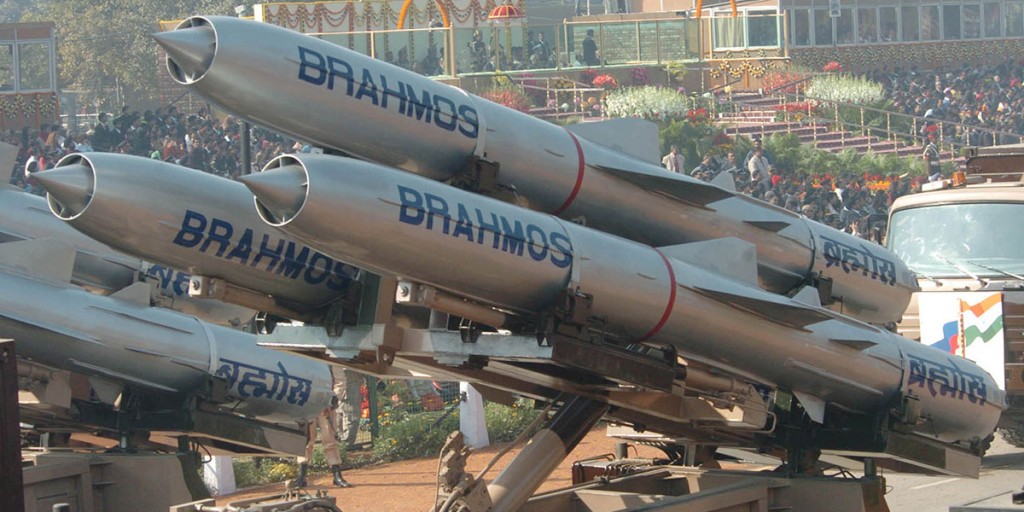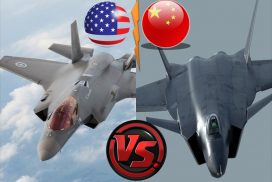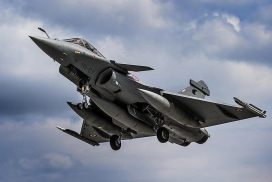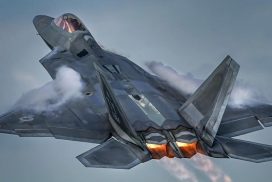Amid rising tensions in North East India, in the disputed area between China and India, New Delhi has taken a bold step of deploying its most advanced supersonic cruise missile, the “BrahMos” along the border in Arunachal Pradesh. This is part of efforts by the Indian Government to beef up self-defence capabilities and increase military infrastructure in the region, but China does not see this exercise in the same light.
The BrahMos supersonic missile is a weapon that has been jointly developed by Russia’s NPO Mashinostroeyenia Federation and India’s Defence Research and Development Organisation and is being built by BrahMos Aerospace in India. What seems even more surprising is that earlier this year, India had sanctioned the sale of BrahMos to South East Asian countries that have far from friendly relations with China. Statements by China indicate that such actions would work against peace and stability along the border areas.
The state of Arunachal Pradesh, which is claimed by China, has witnessed several standoffs between Chinese and Indian troops in the past decade. Reports suggest that Prime Minister Narendra Modi has given the go ahead to induct and deploy the 684th regiment with special, advanced versions of the BrahMos supersonic missile, which have been developed specifically for the warfare in the mountainous regions of the North East. The approximate cost of developing BrahMos for this particular purpose is said to be around Rs. 4,300 Crore.
China has mentioned that this may lead them to deploy counter-measures to maintain their presence in the region. They believe that India has over-stepped their self-defence needs and have posed a threat to China’s Yunnan and Tibet provinces. China has expressed concern over the deployment of BrahMos and stated that this may lead to confrontations along the border and work against stability and peace for Sino-Indian relations.
The high speed of the powerful BrahMos missile is very much capable of penetrating Chinese territory, but at the same time, with a relatively short range of 300 km as well as a heavy-weight, it cannot threaten China’s interior regions. With the ability to be equipped on the Sukhoi Su-30 MKI multi-role aircraft, aerial deployment can also be realised by the Indian military force. It should be noted that the BrahMos missiles can be deployed from submarines, ships, land or air. The 684th regiment is touted to have 100 missiles, and 5 autonomous launch pads placed on heavy-duty vehicles or tanks as well as one mobile post which serves as a command centre to create a military advantage in the boundary.
Is this a case of India flexing its military muscle or simply a defensive strategy? In any case, China has said that they should work towards fostering peace, rather than the opposite. The Indian army, however, has dismissed these claims, while Prime Minister Modi gears up to meet China’s President Xi Jinping for the G20 summit in Beijing next month. India has stated that their security concerns are internal and that deploying assets in the region should not raise any eyebrows. China sees their own statements as more of a suggestion rather than an outright warning.
Meanwhile, the Modi government has planned to accelerate production of the missiles to cope with sales to countries such as Vietnam, who have expressed interest in the weapons. Although Vietnam has several economic interests with China, they have had several disputes regarding maritime boundaries in the region. Among the other countries that have expressed interest in the BrahMos missile, a few such as the Philippines, Indonesia and Malaysia also have rather stressful relations with China regarding the South China Sea dispute. It is expected that Malaysia, who also fly a similar version of the Sukhoi Su-30 MKI multi-role aircraft, could seek the BrahMos capability for their Airforce.
China is definitely not happy about India ramping up production of the missile for sale and deployment of BrahMos in Arunachal Pradesh has certainly made them take notice of India military presence. Additionally, the Indian Government is also considering a proposal to offer Vietnam a battleship armed with the BrahMos supersonic missile instead of just the missile battery.
BrahMos is capable of travelling speeds up to Mach 3.0 while sea-skimming to avoid detection and has excellent dive-attack capabilities. This certainly makes it a formidable weapon and a strategic asset to any naval or military force, let alone one that poses a serious threat to the mighty People’s Liberation Army of China, the world’s largest military force with a strength of over 2 million personnel. However, as far as India is concerned, they are just building a great wall of defence to protect their own interests. It looks like India wants to give a clear message to China that they will never compromise on territory issues.




